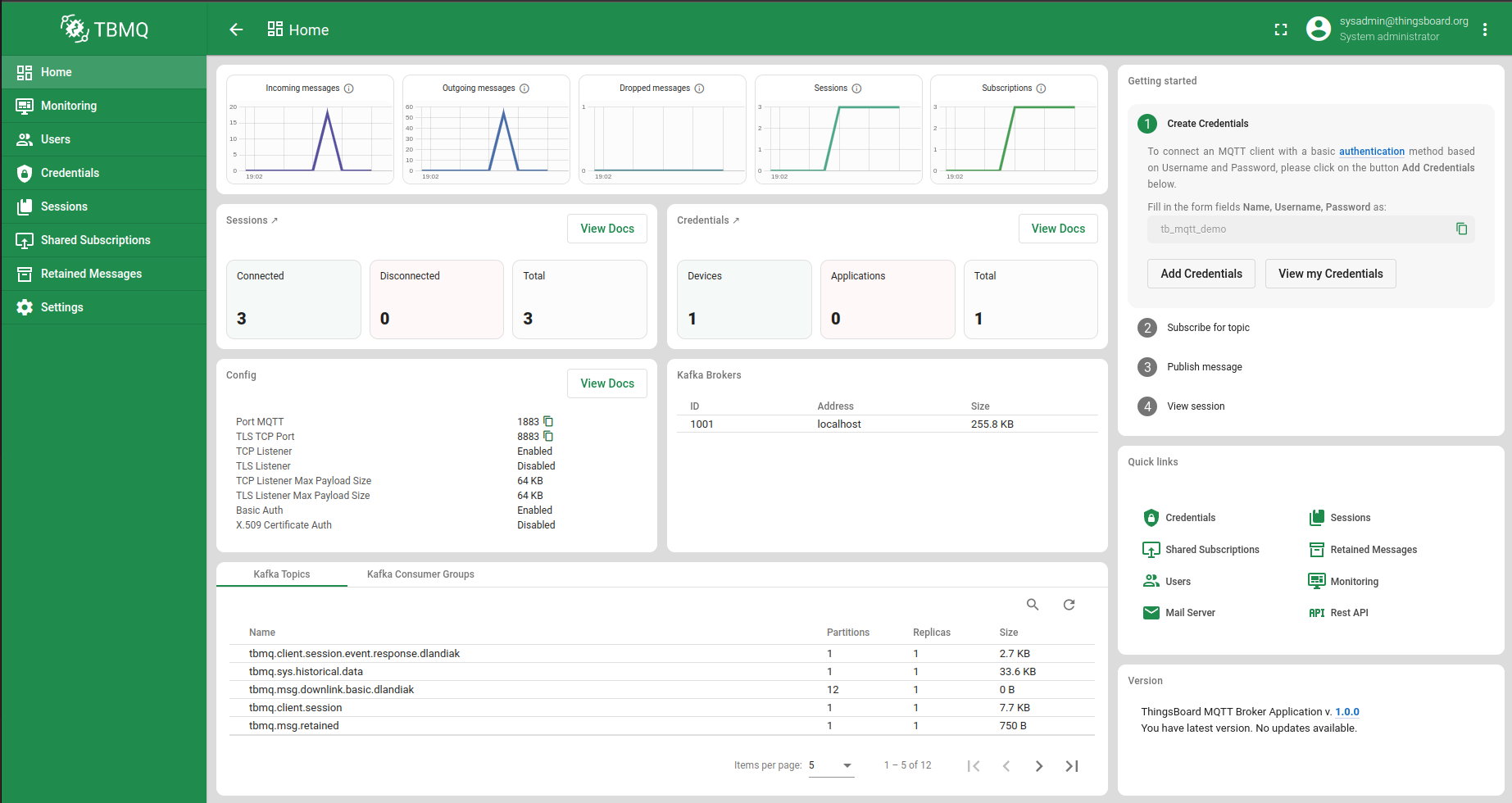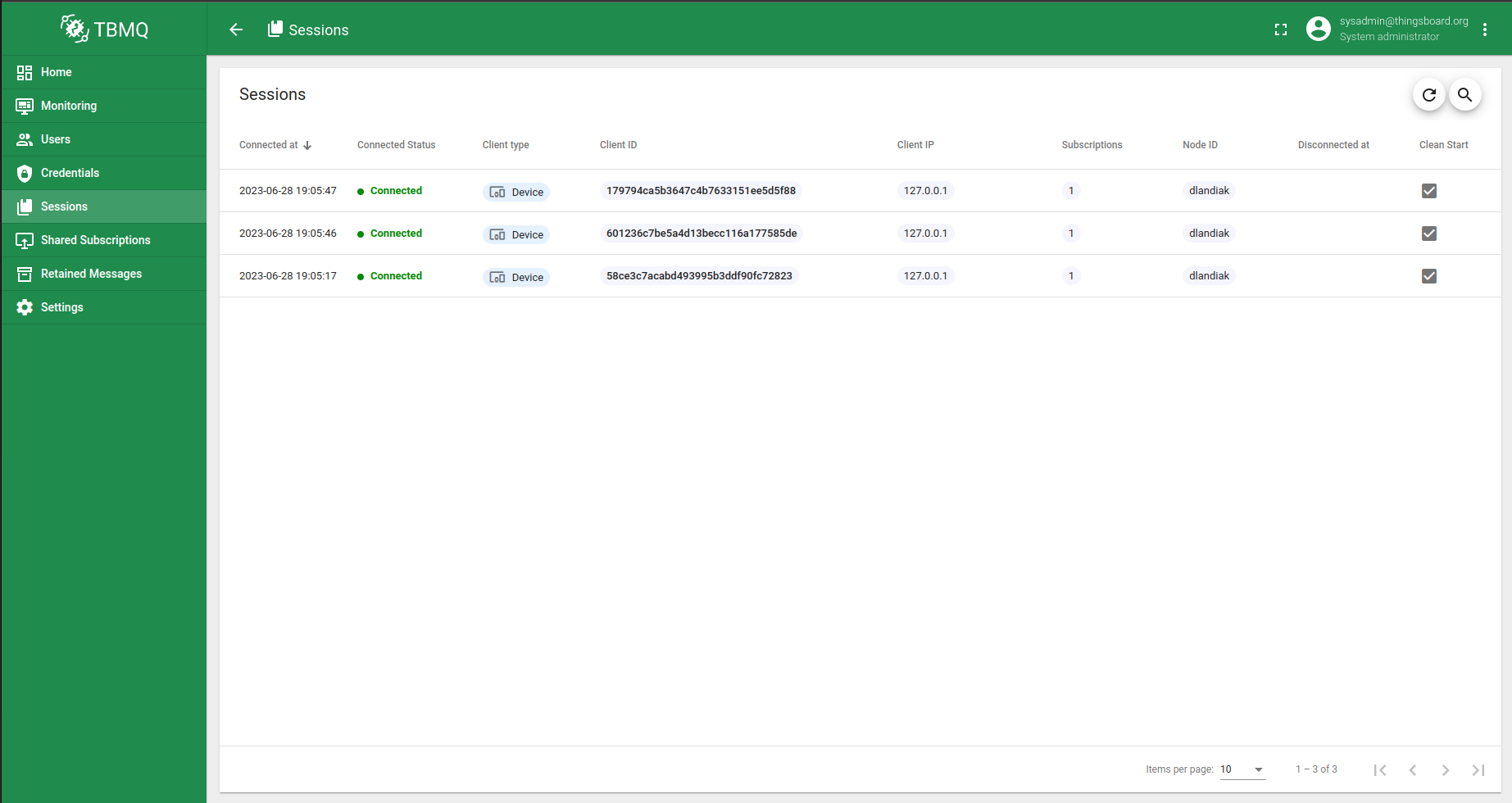TBMQ represents an open-source MQTT message broker with the capacity to handle 4M+ concurrent client connections, while proficiently processing a minimum of 200K messages per second per single cluster node. In the cluster mode, its capabilities are further enhanced, enabling it to effortlessly support more than 100M concurrently connected clients and handle more than 3M messages per second.
Within the ThingsBoard company, our expertise and understanding of diverse IoT requirements and use cases have enabled us to discern two primary scenarios in which our clients develop their solutions. The first scenario entails numerous devices generating a substantial volume of messages that are consumed by specific applications, resulting in a fan-in pattern. Conversely, the second scenario involves numerous devices subscribing to specific updates or notifications, leading to a few incoming requests that necessitate a high volume of outgoing data, known as a fan-out pattern. Acknowledging these scenarios, we purposefully designed TBMQ to be exceptionally well-suited for both.
Moreover, our design principles focused on ensuring the broker’s reliability, speed, and efficiency while addressing crucial requirements. These include the imperative of facilitating rapid message consumption and persistence, guaranteeing low-latency delivery of messages to clients, and providing the ability to withstand peak loads from publishing clients, all while ensuring backup storage for offline clients. Additionally, we prioritized supporting distributed and partitioned processing, allowing for seamless scalability as our operations expand. Crucially, we sought to implement a fault-tolerant mechanism for message processing, capable of handling potential failures that may arise among the participants in the data flow.
TBMQ provides compatibility with both MQTT v3.x and v5.0 protocols. Last but not least, it had been running in production for more than a year before being open-sourced.
TBMQ documentation is hosted on thingsboard.io.
Connect clients and Publish your IoT data in minutes by following this guide.
This project is released under Apache 2.0 License.
- User Properties
- Reason Codes for MQTT packets
- Session Clean Start
- New Data Type: UTF-8 String pairs
- Bi-directional DISCONNECT packets
- Using passwords without usernames
- Session expiry feature
- Shared subscriptions
- Subscription options
- Maximum Packet Size
- Will delay
- Server Keep-Alive
- Assigned ClientID
- Server reference
- AUTH packet & Enhanced Authentication
- Message expiry feature
- Topic aliases
- The payload format and content types
- Request / Response & Correlation Data
- Flow Control
- Subscription Identifiers

